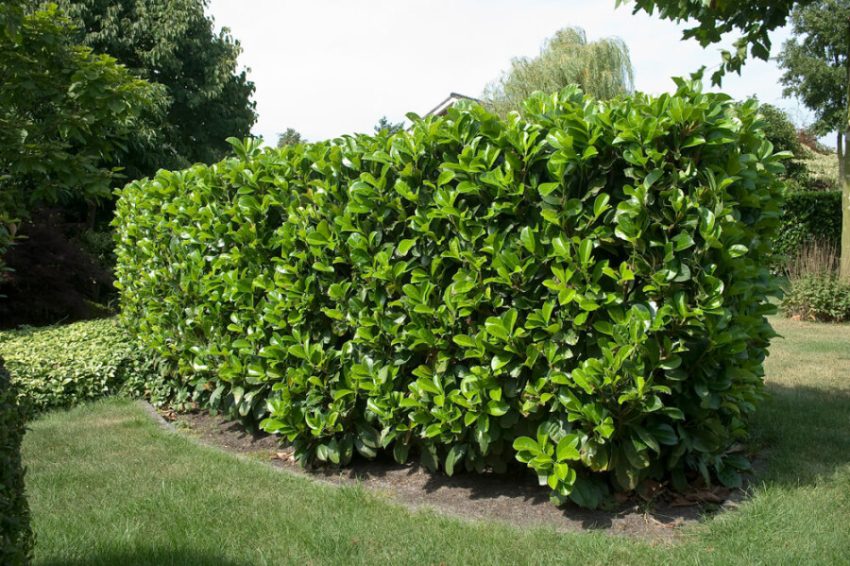Cherry Laurel, with its glossy evergreen leaves and clusters of fragrant white flowers, has become a staple in landscapes and gardens across temperate regions. This resilient shrub, also known as Prunus laurocerasus, is celebrated not only for its aesthetic appeal but also for its adaptability and ease of care. Let’s delve into the attributes that make the Cherry Laurel a beloved choice among gardeners and landscape designers alike.
A harmonious blend of form and function
One of the most appealing aspects of the Cherry Laurel is its versatility. Capable of serving as a dense hedge or a standalone ornamental plant, it offers solutions to various landscaping challenges. Its lush foliage provides a continuous green backdrop throughout the year, making it an excellent choice for privacy screens and windbreaks. The springtime brings an additional burst of beauty, as the plant becomes adorned with aromatic white flowers, followed by small, dark berries that attract a variety of birds.
Caring for Cherry Laurel
Despite its sophisticated appearance, Cherry Laurel is remarkably low maintenance, thriving in a wide range of soil types and conditions. It prefers full sun to partial shade and requires minimal pruning to maintain its shape and encourage new growth. Watering should be consistent, especially during dry periods, to ensure its roots are well hydrated. With these simple care guidelines, Cherry Laurel can grow robustly, reaching heights and spreads that make it an impressive feature in any garden setting.
Environmental benefits and considerations
Beyond its decorative use, Cherry Laurel plays a role in supporting local ecosystems. Its dense foliage offers shelter to birds and small wildlife, while its flowers provide a source of nectar for bees and other pollinators. However, it’s important to note that the leaves and berries contain compounds that are toxic to humans and pets if ingested, so caution should be exercised in gardens frequented by children and animals.
